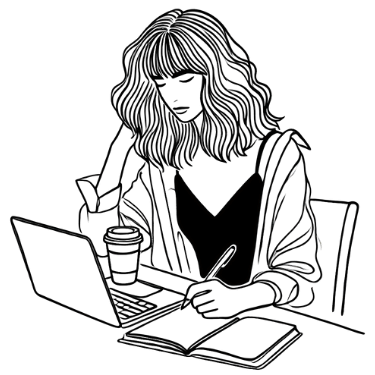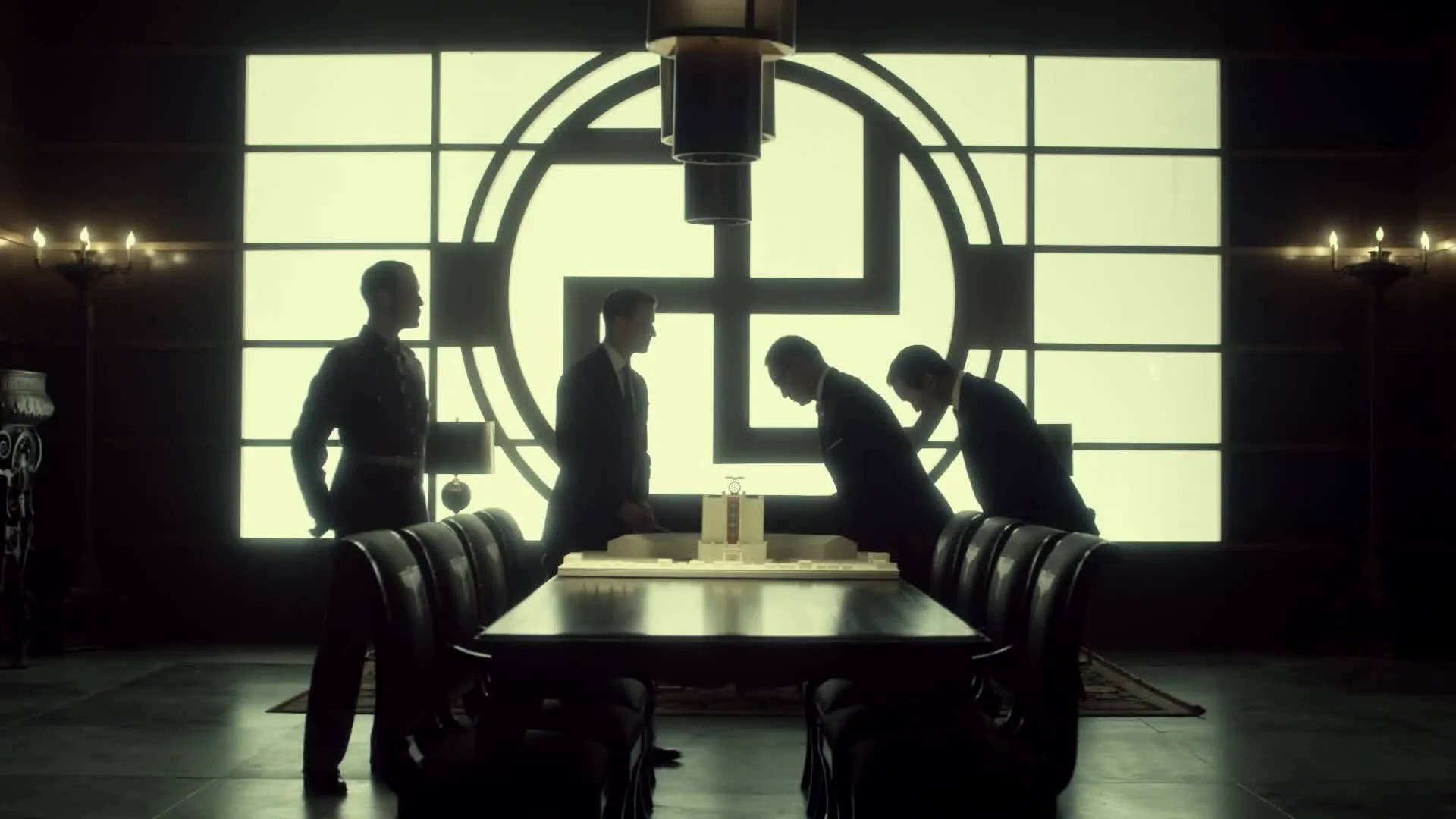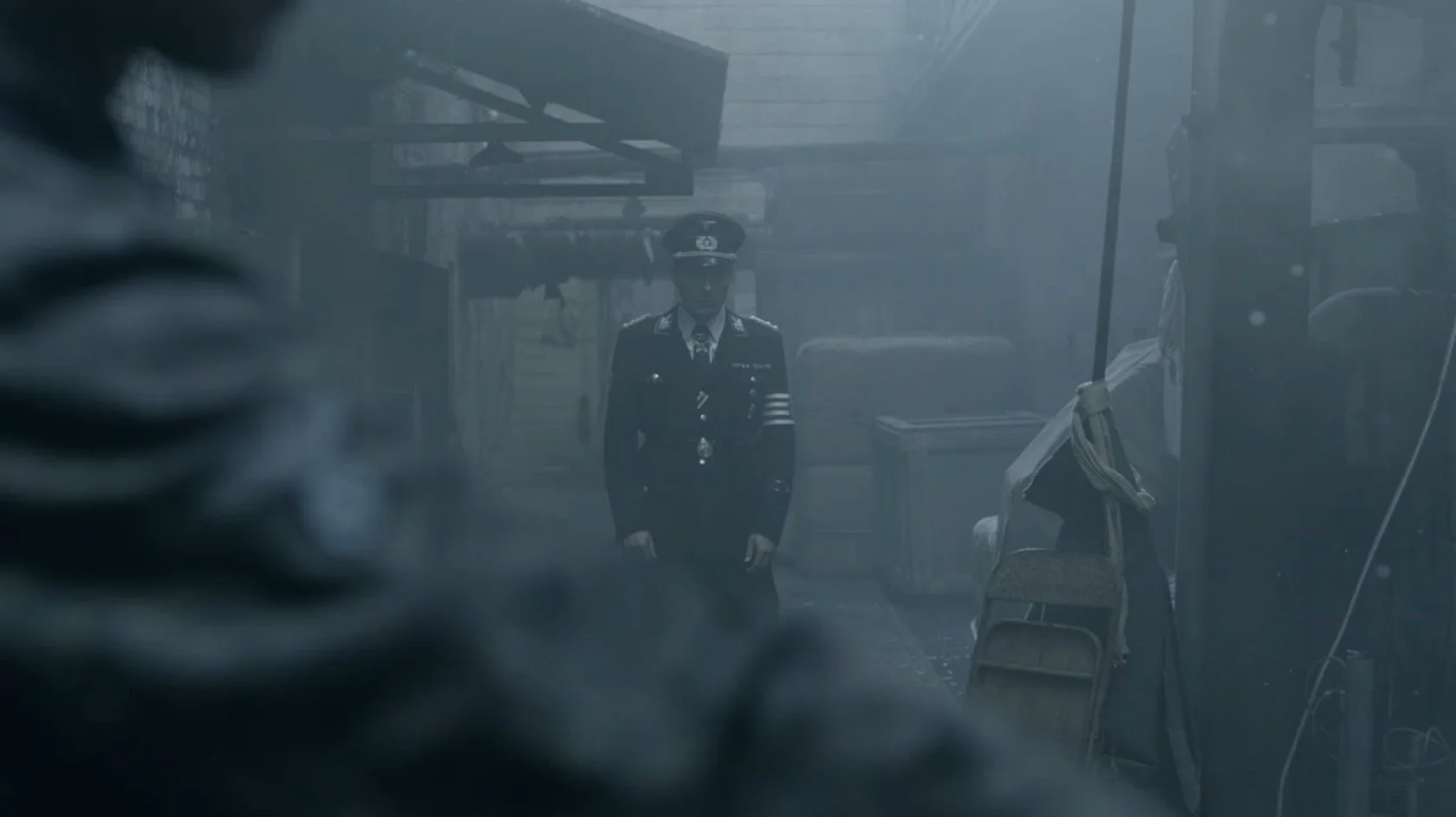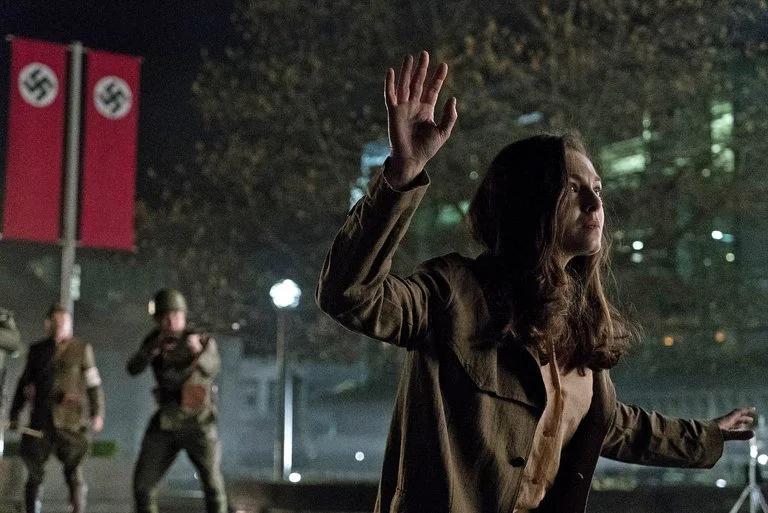The Man in the High Castle and What Makes This Dystopian Series Haunting
Spoiler-Free Review | Substack Essay |Some stories entertain. Others educate. But every once in a while, you come across a story that does neither.
Not at first.
It doesn’t try to thrill or shock you. It doesn’t try to reassure you. It just settles in quietly, and then it slowly starts to haunt you.
The Man in the High Castle is that kind of story.
Based on the 1962 novel by Philip K. Dick, the series imagines a chilling alternate 1962 where the Allies lost World War II.
But this isn’t a history lesson. This is a psychological slow-burn. A meditation on memory, complicity, and survival. A story where resistance isn’t loud but weary. Where evil shouts and marches, before it settles.
And at the heart of it all? A mystery. Ghost-soft newsreels that seem to show a different version of history. One where the Allies won. One that looks a little too much like our world to ignore.
In a time when misinformation spreads faster than truth, and comfort can become complicity, The Man in the High Castle asks the one question we’d rather avoid:
What would you do, if the world around you made forgetting easier than remembering?
A World Written By Power, Not Truth
Set in an alternate 1962, The Man in the High Castle explores a world shaped by a haunting question: What if the Allies had lost World War II?
The series unfolds across three main territories. On the East Coast, the Nazi Reich imposes order with calculated cruelty and industrial efficiency. Life looks pristine on the surface, but beneath it is surveillance, silence, and fear. On the West Coast, the Japanese Pacific States maintain power through ceremony and control. Ritual replaces freedom, and reverence becomes restraint. In between lies the Neutral Zone, a brittle stretch of land where laws are few, speech is freer, and danger is constant.
Into this fractured world come strange artifacts: film reels that seem to depict a different version of reality. One where the war ended differently. One where resistance succeeded. To those in power, these films are heresy. But to those scraping by in the shadows, they become scripture.
The show blends espionage, philosophy, and slow-burning suspense. It doesn’t race forward; it simmers. Instead of plot twists every five minutes, it gives you silence.
Space.
And questions that echo longer than any action sequence could.
Whether you’re into alternate history, psychological drama, or stories that feel unsettlingly close to reality, this show meets you at the intersection of "what is" and "what should never have been."
Oppression Woven Into Every Wall
Fascism isn’t just imposed in The Man in the High Castle; it’s embedded. In the layout of cities. In the language of design. In the rituals of everyday life.
The worldbuilding here isn’t spectacle, it’s psychological. It trades the shock of dystopia for something more disturbing: the ease of adaptation. Everything looks normal until you realize what’s been normalized.
Propaganda posters line pristine city streets like art. Traditional symbols of safety, family photos, tidy homes, morning commutes, become distorted under the weight of ideology.
Even the lighting participates: long shadows stretch across moments of hesitation, echoing the internal conflict of characters who no longer know which choices are theirs.
Each territory embodies a different face of oppression. In the Reich, order is enforced with terrifying precision: steel, silence, and total surveillance.
In the Pacific States, power is more ceremonial, but no less absolute. Beauty and reverence become a kind of restraint.
And in the Neutral Zone, freedom feels more like suspension: an uneasy pause between captivity and collapse.
From a narrative standpoint, the world is not just a backdrop, it’s an antagonist. It exerts pressure on every decision, every relationship, every flicker of resistance. The characters don’t just move through this world, they are shaped by it. Pressed against it. Rewritten by it.
And perhaps the most unsettling part? How easy it is to imagine ourselves adjusting to it too.
Complicity, Conscience, And The Stories We Cling To
The questions at the heart of The Man in the High Castle aren’t just intellectual exercises. They’re personal. Visceral. The kind that creeps into your own quiet moments.
What is truth, when every authority lies? What does loyalty mean, when it's the cost of survival? What stories do we cling to, when the official ones erase us?
This isn’t a story about revolution. It’s a story about erosion. Not collapse, decay. Not a single violent shift, but slow surrender. The kind of compromise that starts with just one small silence. Then another. Until you don’t recognize the shape of your own conscience anymore.
The show draws heavily from Hannah Arendt’s idea of the “banality of evil,” not through monstrous figures, but through routine. Through teachers who quietly revise history. Through parents who teach their children to salute the lie. Through neighbors who look away, not out of cruelty, but exhaustion.
And beneath that weariness? A spiritual ache. The I Ching, borrowed from Dick's novel, becomes a compass for some characters. It becomes a way to navigate not just fate, but faith. It’s not superstition. It’s survival. A ritual that grounds them when the world no longer does.
Then come the reels. These mysterious films don’t offer a grand solution. But they do offer something far rarer: a glimpse of another version of reality. One where justice survived. One where someone, somewhere, made a different choice. To some, they are madness. To others, they are sacred. But all of them are proof that this world isn’t the only one. And maybe it never had to be.
In a culture bent on erasure, stories become resistance. And sometimes, memory becomes the most dangerous thing you can hold onto.
Not Heroes, Not Villains, Just People Caught in the Machine
In The Man in the High Castle, characters aren’t built to be admired. They’re built to be questioned.
There are no grand heroes here. No singular villains. Just people trying to navigate a world that demands their silence, their complicity, their sacrifice. What makes them resonate isn’t clarity. It’s contradiction. They’re mirrors, not icons.
These characters don’t offer comfort. They offer questions. What would I do? Who would I become? How much of myself would I give away, just to keep someone I love safe?
And perhaps the most dangerous question of all: What if I understand why they did it?
In a world this fractured, clarity is a luxury. But humanity, that still flickers in the cracks.
What We Remember, What We Forget, And Why It Matters
Some stories you forget as soon as the credits roll, simply a story you dropped into for a little bit. Others leave you with a lingering question, a shadow, a shift.
And then there are stories like The Man in the High Castle, ones that don’t ask for your attention. They ask for your participation.
They ask you to sit in the silence. To listen between the lines. To reflect not just on the world of the show, but on your place in your own.
This is a series about erasure. About how easy it is to forget what once mattered. About how fear can disguise itself as safety—and how stories can become the only way to keep the truth alive.
But it’s also about the act of imagining something else. Something better. And in that act, it becomes a work of resistance.
Because storytelling, in its truest form, doesn’t just reflect the world, it shapes what we’re willing to believe is possible. It dares us to look closer. To feel more deeply. To remember what must never be forgotten.
If you do decide to watch, let it settle. Let it haunt you a little.
And when you’re ready to unpack it, I'd love to hear what stayed with you.
Subscribe to the YouTube channel for video essays, cinematic deep dives, and storytelling breakdowns.
Join the newsletter for reflections, writing prompts, and essays like this in your inbox.And if you're a writer, or just a restless thinker, welcome.
There's a place for you here.






